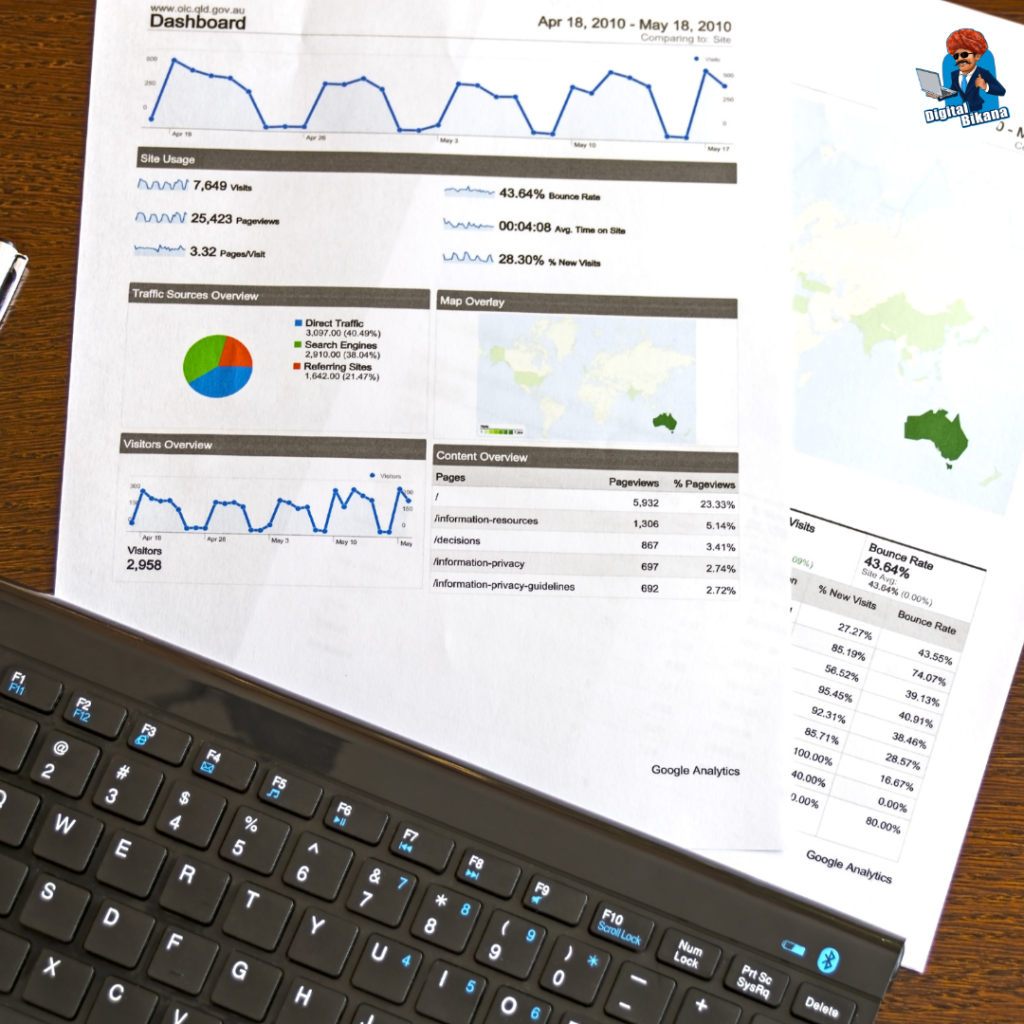How to improve your website’s loading speed for better SEO?
In this article we are going to talk about How to improve your website’s loading speed for better SEO? In the world of SEO, website loading speed plays a crucial role in determining user experience, search engine rankings, and overall online success. A slow-loading website annoys visitors and hurts your SEO efforts.
How to improve your website’s loading speed for better SEO?
In this article, we will explore effective strategies to improve your website’s loading speed for better SEO performance. By implementing these techniques, you can enhance user satisfaction, increase organic traffic, and boost your website’s visibility in search engine results.
1. Optimize Image Files
Images are often the main culprits behind sluggish website performance. Optimizing image files is a key step in improving loading speed. Start by resizing images to the appropriate dimensions, ensuring they fit within the intended layout. Additionally, compress image files without compromising quality using tools like Adobe Photoshop or online services such as TinyPNG or Squoosh. By reducing image file sizes, you can significantly reduce the time it takes for images to load on your website, improving overall performance.

2. Minimize HTTP Requests
Each element on a webpage, including images, scripts, and stylesheets, requires a separate HTTP request to load. Minimizing these requests can drastically speed up your website. Combine multiple CSS and JavaScript files into a single file and use CSS sprites for images whenever possible. Furthermore, leverage browser caching to enable visitors’ browsers to store certain website files locally, reducing the need for repeated requests.
3. Enable Browser Caching
Browser caching allows visitors’ browsers to store certain website files, such as CSS, JavaScript, and images, locally. By enabling caching, returning visitors can load your website faster as their browsers retrieve files from the local cache instead of making new requests to the server. Implement caching by adding cache-control headers or configuring caching plugins if you are using a content management system (CMS) like WordPress.
Read Also: How to write a Blog post on WordPress website step by step?
4. Minify CSS, JavaScript, and HTML
Minifying involves removing unnecessary characters, such as whitespace, comments, and line breaks, from CSS, JavaScript, and HTML files. By doing this process, file sizes are reduced, which in turn improves the loading speed. Several online tools and plugins can automatically minify these files without altering their functionality. Keep in mind to create backups before making any changes and thoroughly test your website to ensure everything functions as intended.
5. Optimize Website Code and Database
Efficient and streamlined website code improves loading speed. Optimize your code by eliminating unnecessary plugins, scripts, and CSS styles. Regularly update your CMS and plugins to ensure they are optimized for performance. Additionally, optimize your website’s database by removing unnecessary data, spam comments, and revisions. Database optimization reduces the size of the database, resulting in faster query execution and improved loading speed.
6. Utilize Content Delivery Networks (CDNs)
Content Delivery Networks (CDNs) store your website’s files on multiple servers worldwide, delivering content to users from the server closest to their location. CDNs help reduce latency and improve loading speed by minimizing the distance data has to travel. Choose a reputable CDN provider and integrate it with your website to distribute static files, such as images, CSS, and JavaScript.
Read Also: What is the Significance of Backlinks in SEO?
7. Evaluate and Optimize Web Hosting
The quality and performance of your web hosting provider have a direct impact on your website’s loading speed. Choose a hosting provider that offers fast servers, solid-state drives (SSDs), and scalable resources. Shared hosting can sometimes result in slower loading times due to sharing resources with other websites. Consider upgrading to a Virtual Private Server (VPS) or dedicated hosting if your website receives significant traffic.

8. Regularly Monitor and Test Website Speed
Monitor your website’s loading speed regularly using tools like Google PageSpeed Insights, GTmetrix, or Pingdom. These tools give you helpful information about areas where you can make improvements. Conduct tests to identify bottlenecks and assess the impact of optimizations you have implemented. Continuously monitor and optimize your website’s loading speed to ensure it remains fast and responsive.
You can also checkout this digital marketing institute to learn digital marketing course by enrolling in our course Or Contact Digital Bikana on +91-8949483728
Conclusion:
Improving your website’s loading speed is not only essential for providing an optimal user experience but also a key factor in search engine optimization. By following the strategies outlined in this guide, you can enhance your website’s loading speed, increase user satisfaction, and improve SEO performance. Optimize image files, minimize HTTP requests, enable browser caching, and minify CSS, JavaScript, and HTML. Additionally, optimize your website’s code and database, utilize content delivery networks (CDNs), choose a reliable web hosting provider, and regularly monitor and test your website’s speed. By prioritizing loading speed, you can gain a competitive edge, attract more organic traffic, and improve your website’s visibility in search engine rankings.

